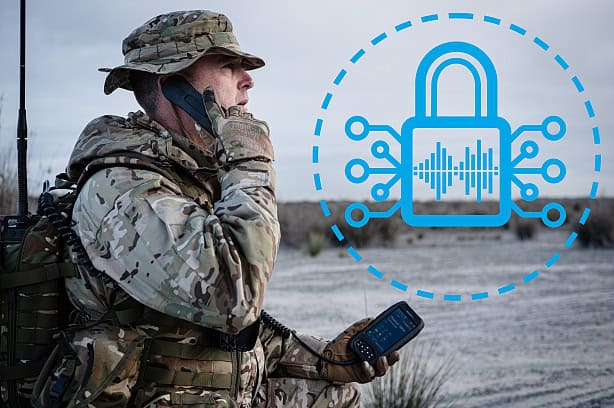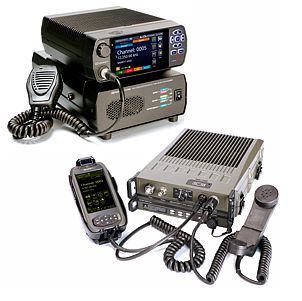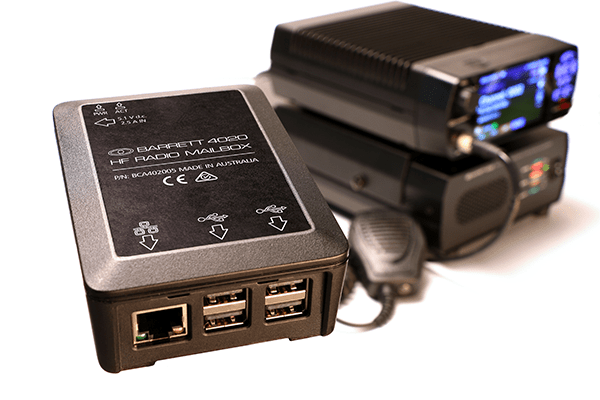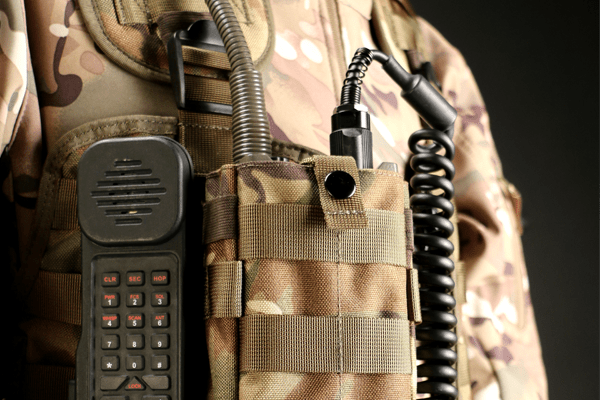Fortifying the Frontlines: Cybersecurity in Tactical Wireless Communication
Fortifying the Frontlines: Cybersecurity in Tactical Wireless Communication

Explore the crucial role of cybersecurity in tactical wireless communication for military and emergency response, and the latest advancements in protecting these vital networks.
In the high-stakes fields of military operations and emergency response, tactical wireless communication is a lifeline. These networks — often the only means of coordination and information exchange in critical situations — increasingly become targets for sophisticated cyber threats. Protecting them is not just a technical challenge, but also a matter of national security and public safety.
Cybersecurity in tactical communication
In the realm of tactical communication, cybersecurity is a paramount concern. Often deployed in demanding environments, tactical radio networks confront distinct cybersecurity challenges. The limited bandwidth and high error rates characteristic of military VHF/UHF-band radios hinder the creation of robust networks.
Technical limitations, combined with the essential requirements for mobility and swift deployment, render these networks particularly vulnerable to various cyber threats. These include signal jamming and interception and unauthorised access, which can compromise the integrity and confidentiality of critical communications.

Recent advancements and solutions
Recent technological strides have significantly bolstered the defences of tactical communication networks. Advanced encryption methods, such as the Advanced Encryption Standard (AES) and Data Encryption Standard (DES), have become staples in securing radio communications. These cryptographic techniques ensure that even if communications are intercepted, the information remains unintelligible to unauthorised parties.
Illustrative of these advancements are case studies from military exercises and emergency response scenarios. For instance, DARPA’s Rapid Attack Detection, Isolation and Characterization Systems program showcases how integrating cybersecurity into the fabric of tactical networks can effectively counter cyberattacks, ensuring resilience and continuity in critical communication channels.
Expert insights and future trends
In the sphere of tactical communication, experts agree that the key to future security lies in continuous innovation and adaptability. One of the most promising emerging trends is AI-based threat detection, which offers advanced capabilities for preemptive security measures. This technology utilises artificial intelligence to identify and neutralise potential threats before they can cause harm. Additionally, the development of cross-layer security frameworks is gaining momentum.
These frameworks integrate security functions across all communication layers, providing a more comprehensive and unified defence strategy. This holistic approach is essential in adapting to the rapidly changing and increasingly sophisticated landscape of cyber threats, ensuring robust protection for critical communication networks.
Key takeaways
The ongoing battle to secure tactical communication networks against cyber threats is relentless. As adversaries evolve, so must our cybersecurity measures. The importance of continual advancement in this field cannot be overstated — it’s a race where staying ahead is the only option.
To stay informed about the latest developments in tactical communication, visit platforms like Barrett Communications’ blog, which can provide valuable insights and updates for those keen on delving deeper into this subject.







